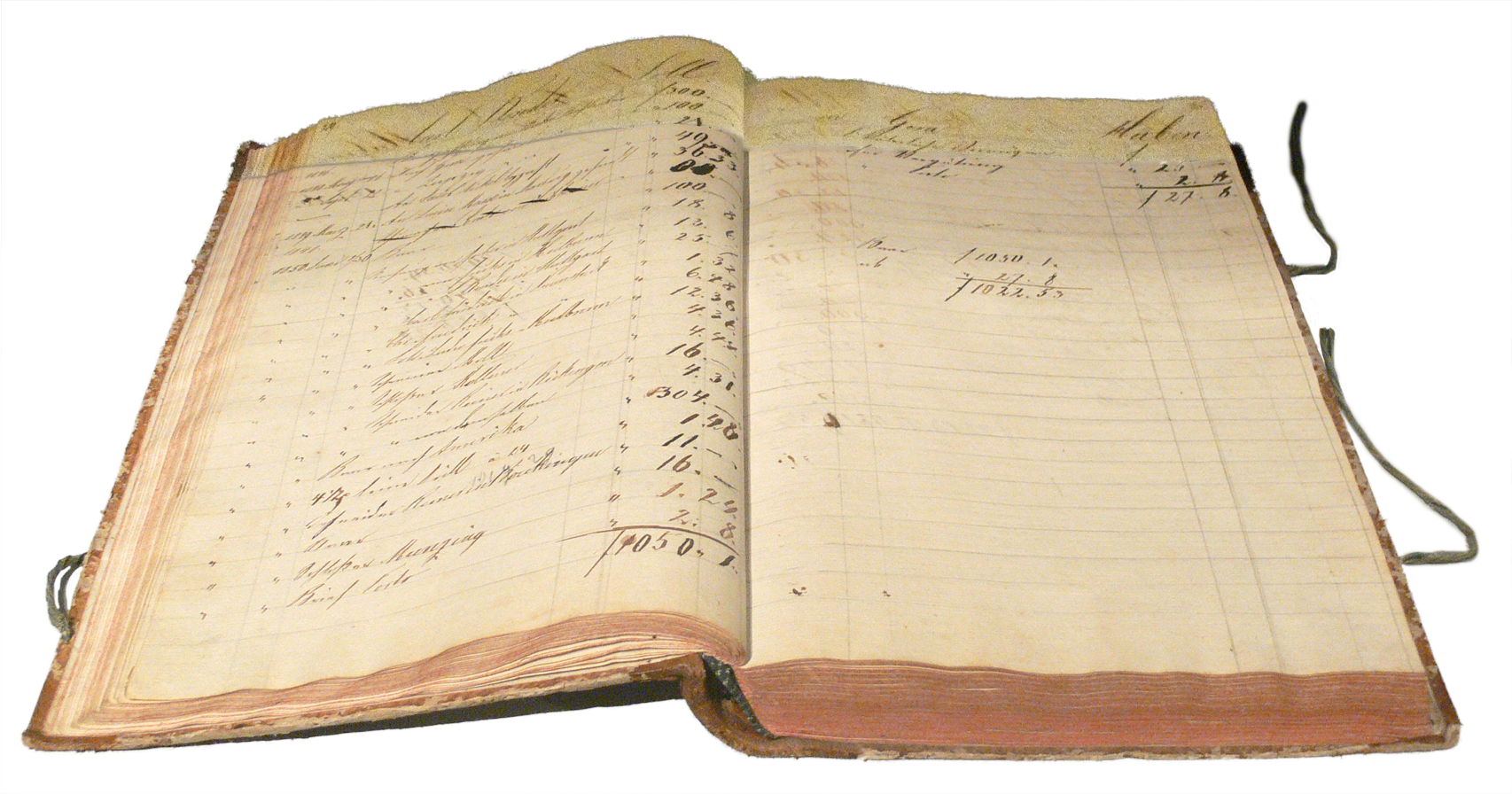Options trading 101
- Introduction to Options Trading
- Pros & Cons of Trading Options
- Basic Concepts in Options Trading
- Trading Calls and Puts
- Popular Options Trading Strategies
- Advanced Trading Strategies
- Navigating Brokerage Platforms
- A Real-Life Approach to Options Trading
Navigating Brokerage Platforms
Understanding Brokerage Fees and Trading Statements

Formal record of the financial activities and position of a business, person, or other entity.
When it comes to options trading, understanding the cost structure and being able to interpret your trading statements are crucial. This unit will guide you through the different types of brokerage fees and how to read and understand your trading statements.
Brokerage Fees
Brokerage fees are charges that brokers levy for the services they provide. These fees can significantly impact your trading profits, so it's essential to understand them. Here are the most common types:
-
Commissions: This is the fee you pay to the broker for executing a trade. Some brokers charge a flat fee per trade, while others charge a percentage of the trade value.
-
Spreads: This is the difference between the buying and selling price of an option. Brokers often make money from the spread, so a narrower spread is generally better for traders.
-
Overnight Fees: Also known as swap fees, these are charges for holding a position open overnight. They are more common in forex trading but can apply to options trading as well.
-
Inactivity Fees: Some brokers charge a fee if your account remains inactive for a certain period.
Minimizing Brokerage Fees
To minimize brokerage fees, consider the following:
-
Choose a Low-Cost Broker: Some brokers offer lower fees than others. Do your research and choose a broker that offers competitive rates.
-
Trade Wisely: Avoid making unnecessary trades. Each trade incurs a fee, so make sure each one counts.
-
Avoid Holding Positions Overnight: If possible, close your positions before the end of the trading day to avoid overnight fees.
Understanding Trading Statements
A trading statement is a record of all your trading activities. It includes details of your trades, such as the date, time, type of option, strike price, and whether it was a buy or sell order. It also shows your account balance, including any profits or losses.
Here's how to read your trading statement:
-
Trade Details: Check the details of each trade to ensure they are correct. If you notice any discrepancies, contact your broker immediately.
-
Account Balance: This shows the total value of your account, including cash and the value of any open positions. Monitor this regularly to track your trading performance.
-
Profits and Losses: This section shows the profit or loss from each trade. Use this information to evaluate your trading strategies and make necessary adjustments.
Keeping track of your trading activities and performance is crucial for successful options trading. By understanding brokerage fees and trading statements, you can manage your costs and monitor your progress effectively.